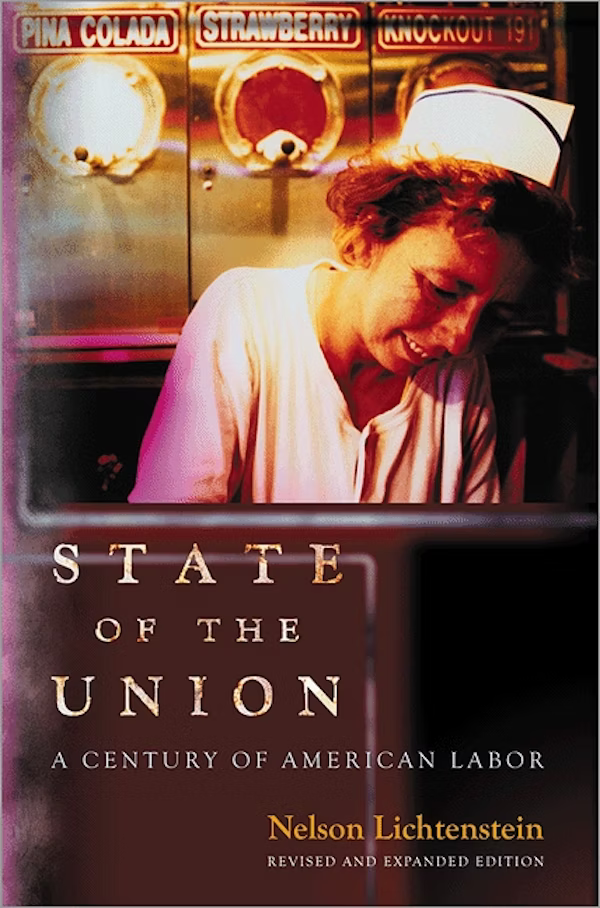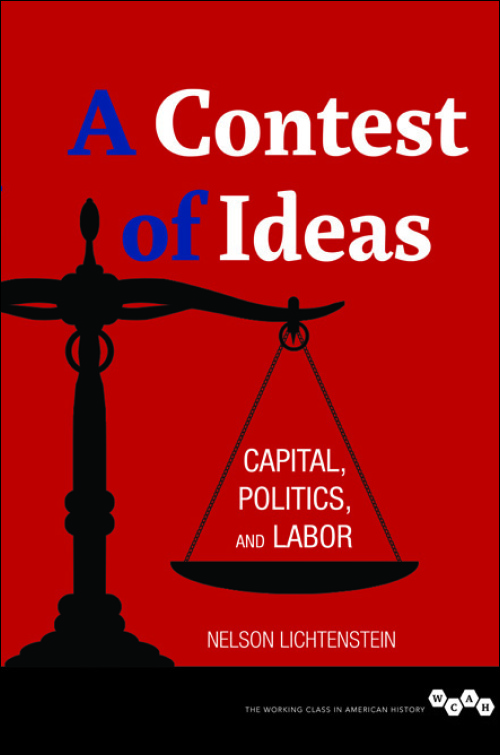Micah Uetricht: This brings us to your first book, Labor’s War at Home: The CIO in World War II. That book focuses on the Congress of Industrial Organizations [CIO], the industrial union federation. During the Great Depression, the CIO was home to currents of radicalism, militancy, experimentation, and excitement of that era in the labor movement.
Your book covers how the CIO and its unions were tamed by the state over the course of World War II — essentially defanging the labor movement in ways that reverberated for the rest of American labor history up to the present.
But a new edition of the book was published by Temple University Press in 2003, and you wrote a new introduction that neither fully rejects the book nor indicates you stand by all of it. Can you talk about the process of changing the way you think about the questions tackled in Labor’s War at Home?
Nelson Lichtenstein: The book came right out of debates within my Trotskyist group over the nature of labor, the working class, unions, and the state. The IS members around us were adults during World War II. In the Trotskyist tradition, my group was hostile to the no-strike pledge. My dissertation was entitled “The CIO Under the No-Strike Pledge.”
The no-strike pledge was a point of contention among many unions. The book follows in some ways what the Workers Party was doing at that time and our subsequent thinking on that strategy. At this time, unions were bureaucratizing, pushed by both unions themselves and the state. Part of the argument is that labor history didn’t end with the Wagner Act. There was this whole thing going on in World War II as well.
Now, it is true. I have changed my mind a bit. When I was writing the book, it was a period of wildcat strikes, militancy, the General Motors strike at Lordstown, all of that.
Subsequently, [Ronald] Reagan came to power. I came to see that consciousness is episodic. What a social movement has to do is institutionalize consciousness by way of law or organization. After Reagan, I said, “We need to figure out how to do that.” That’s what happened with the civil rights movement, at least to a degree, with the success of civil rights law.
I remember going to a talk by E. P. Thompson at Berkeley in the early ’80s. At the time, he was writing about the Chartist movement. He said a social movement has a lifespan of about six years, though they persist in some deracinated fashion. You have to institutionalize social movements within those years. Institutionalization means making a deal with the state and your opponents. So yes, I think the whole Reagan era had an impact on my scholarship.

